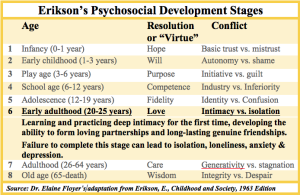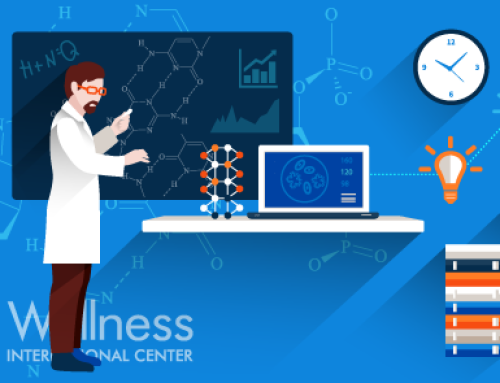In a previous blog, I talked about the happiness, really knowing yourself, and then intimately sharing that experience with someone else. If the idea of opening up and being intimate with someone else strikes terror or just curiosity, you will want to continue reading.
There’s a reason that we have the right to the “pursuit of happiness.” Frankly, no one can take away your desire to pursue happiness. It just happens. Whether you get there or not is another question entirely. But, how does someone actually get to the end goal? It takes skills – yes, you read that right.
While having the desire for intimacy is hard-wired (see my blog post), how we get there is something that literally takes a lifetime to learn. The problem is what happens when we never learn the skills on how to create it.
Ever hear someone say “I was absent the day that they taught that”? Well, some people actually were. Erik Erikson was a developmental psychologist known for his theory on the various stages of psychological and social development. In his eight-stage model, he describes how a person confronts and masters new challenges at different ages and stages in his/her life. The model is described in the table below.
Stage 6 is intimacy development, usually completed in early adulthood. If this stage is not completed, the impact is stronger feelings of isolation and not connecting with people, and not developing the next stage of close empathy and concern.
The center can profoundly help people who skipped the lessons in stage 6, and help them get back on track.
To find out what can happen to people who skip or do not complete this stage, or who have been sexually traumatized, tune in to my next blog about Intimacy Anxiety Disorder.











Recent Comments